Microclimate Pond Conditions: Do Ponds Create Microclimates
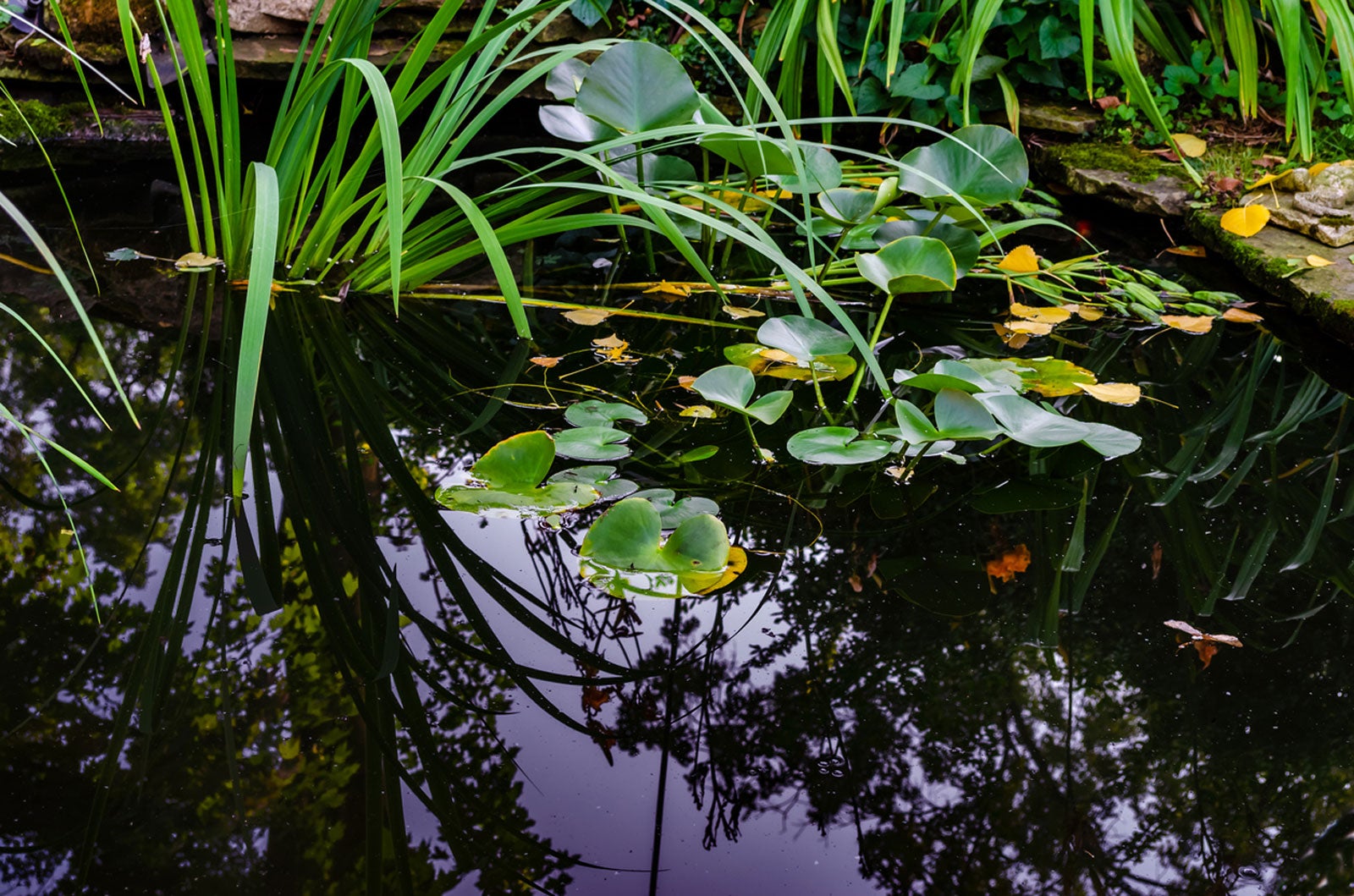

Most any experienced gardener could tell you about the diverse microclimates within their yards. Microclimates refer to the unique “miniature climates” that exist due to various environmental factors in the landscape. While it is no secret that every garden is different, these differences can even be found within the same small growing space.
Learning more about how yard structures can impact the climate of the garden will help growers make the most of their plantings. From topographical to man-made structures, there are numerous factors that can impact temperature in the garden. The presence of various bodies of water, for example, is just one factor which can significantly impact the microclimate of an area. Read on to learn microclimate pond conditions.
Do Ponds Create Microclimates?
While it may be obvious that many larger bodies of water like oceans, rivers, and lakes can impact the climate of nearby land masses, homeowners may be surprised to find that microclimates in ponds can also impact the temperature of the nearby garden.
The maintenance of natural ponds or the creation of small ornamental ponds in backyards has become increasingly popular. While these bodies of water are often used as a beautiful focal point in the yard, they can also be quite useful in creating a microclimate. Pond conditions throughout the growing season, regardless of the size, can help regulate temperatures within the small space.
How Microclimates Affect Ponds
Microclimates in ponds depend greatly upon the amount of water present. Ponds and microclimates have the ability to warm or cool areas within the yard depending upon the location. Water has an exceptional ability to receive and maintain heat. Much like concrete sidewalks or roadways, the heat absorbed by backyard ponds can help maintain a warmer microclimate in the surrounding area. In addition to providing radiant warmth in the garden, ponds can also produce heat through reflection.
Though microclimates in ponds can definitely help to improve heating in the garden, they can also provide cooling during the hottest parts of the growing season. Air movement over the pond can help cool areas near the surface of the water and provide much needed humidity in regions that are especially dry or arid.
Regardless of the type of pond, these water features can prove to be a valuable asset in creating a microclimate that is well adapted for heat-loving plants, as well as perennial flowers which may need extra warmth throughout cooler portions of the growing season.
Gardening tips, videos, info and more delivered right to your inbox!
Sign up for the Gardening Know How newsletter today and receive a free copy of our e-book "How to Grow Delicious Tomatoes".

Tonya Barnett has been gardening for 13 years. Flowers are her passion. She has transformed her backyard into a cut flower garden, which she regularly chronicles on her YouTube channel http://www.youtube.com/@tonyawiththeflowers.
-
 Looking For Plants To Give You The Soft And Fuzzies? Try These 5 Fuzzy Leaf Plant Options
Looking For Plants To Give You The Soft And Fuzzies? Try These 5 Fuzzy Leaf Plant OptionsLovers of texture, drama, silver foliage and tactile plants will adore these special sensory garden additions. These fuzzy leaf plant options will leave you all aglow
By Susan Albert
-
 Get Ready For A Summer Of Hummers! Grow These Full Sun Hummingbird Plants and Flowers
Get Ready For A Summer Of Hummers! Grow These Full Sun Hummingbird Plants and FlowersIf you’re lucky enough to enjoy a sunny backyard, make sure you are maxing out on your pollinator opportunities and grow these full sun hummingbird plants and flowers
By Tonya Barnett
-
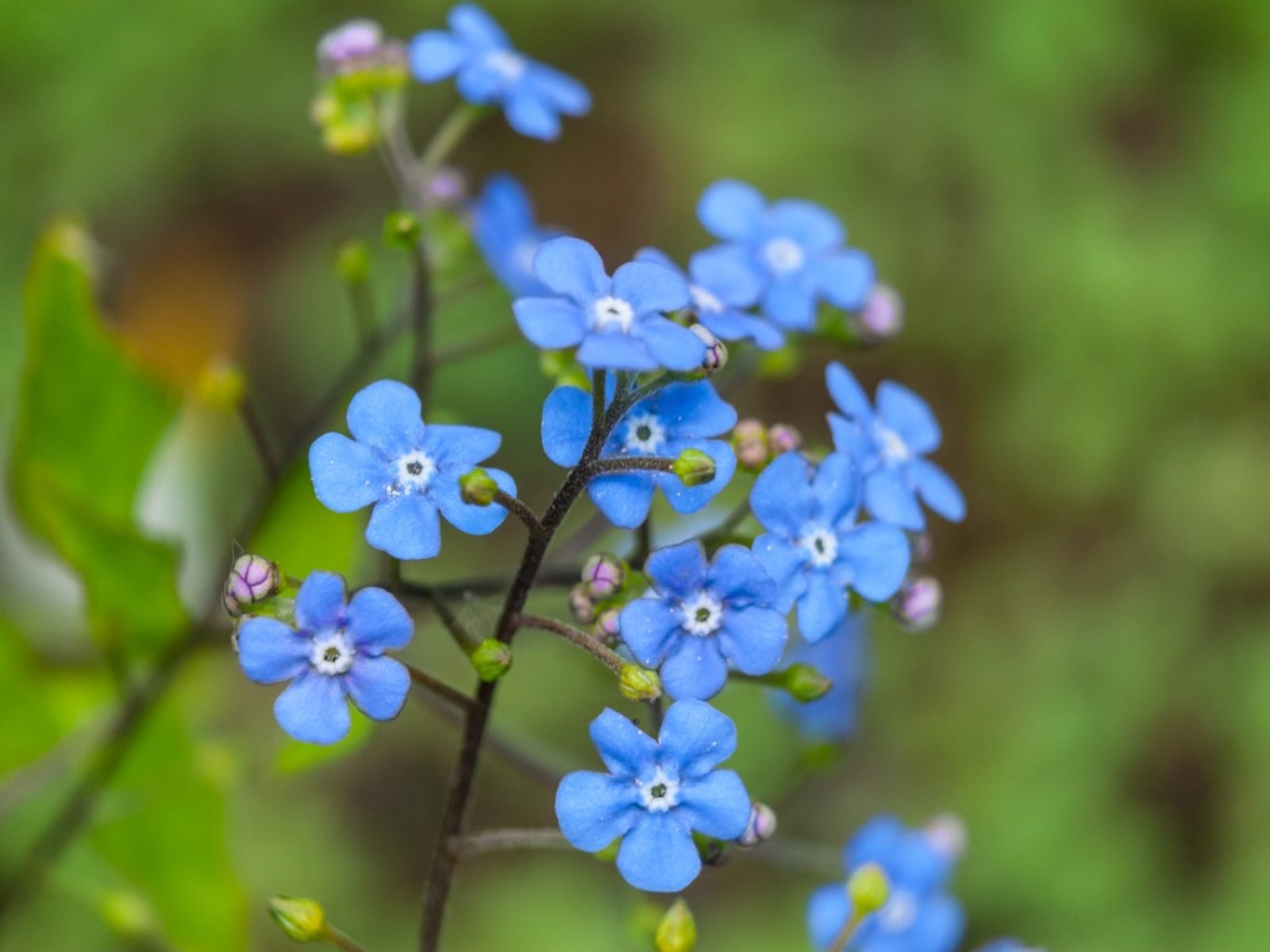 Flowering Pond Plants - Growing Aquatic Flowers
Flowering Pond Plants - Growing Aquatic FlowersAdding flowering pond plants to natural and manmade water features can be an easy way to quickly beautify a space with lush greenery and vibrant bursts of seasonal color. Read on for more.
By Tonya Barnett
-
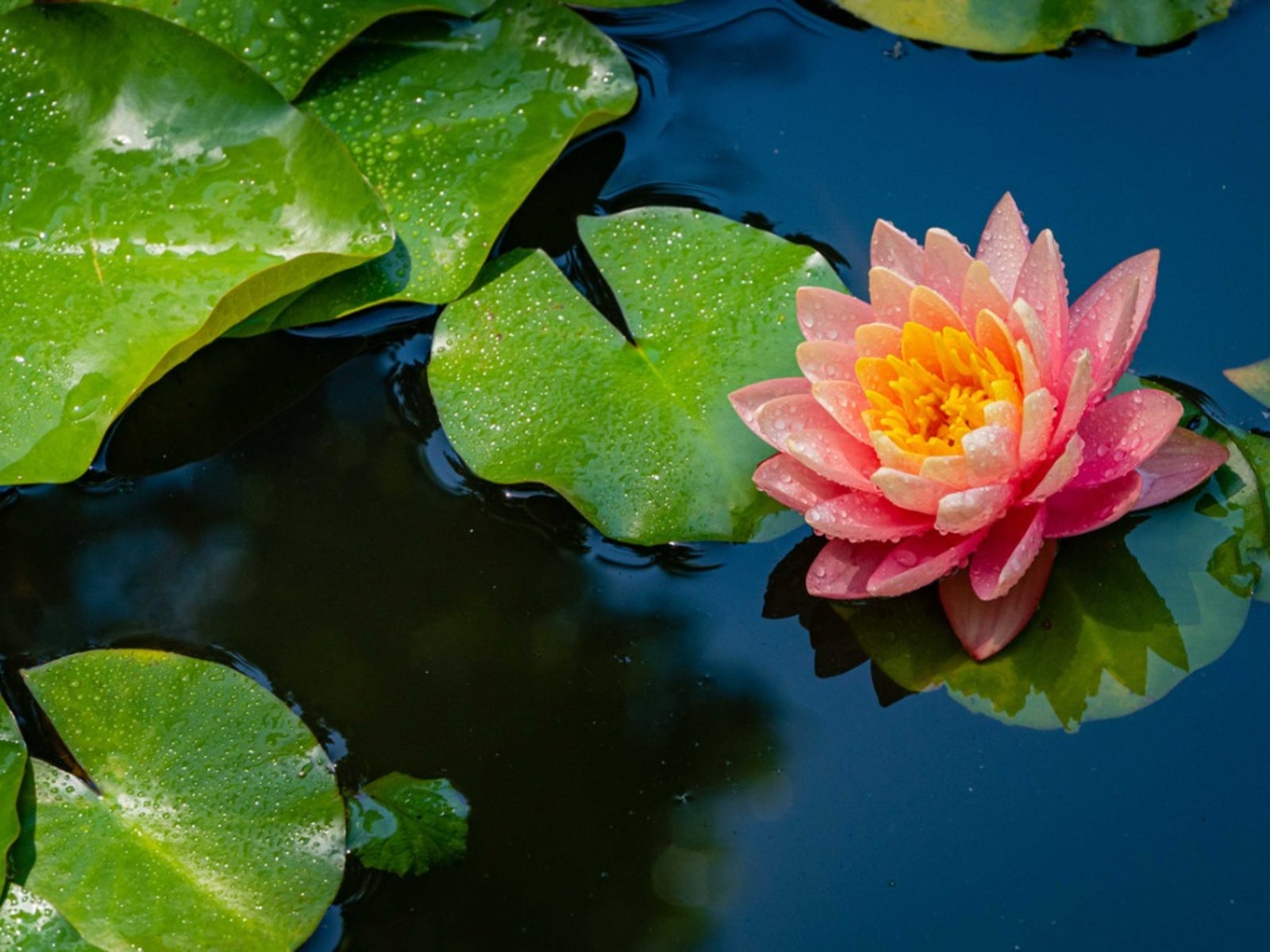 Full Sun Aquatic Plants - Full Sun Floating Pond Plants
Full Sun Aquatic Plants - Full Sun Floating Pond PlantsThere are pros and cons to putting a pond in full sun, but it's very doable. Here are some ideas to get you started.
By Mary Ellen Ellis
-
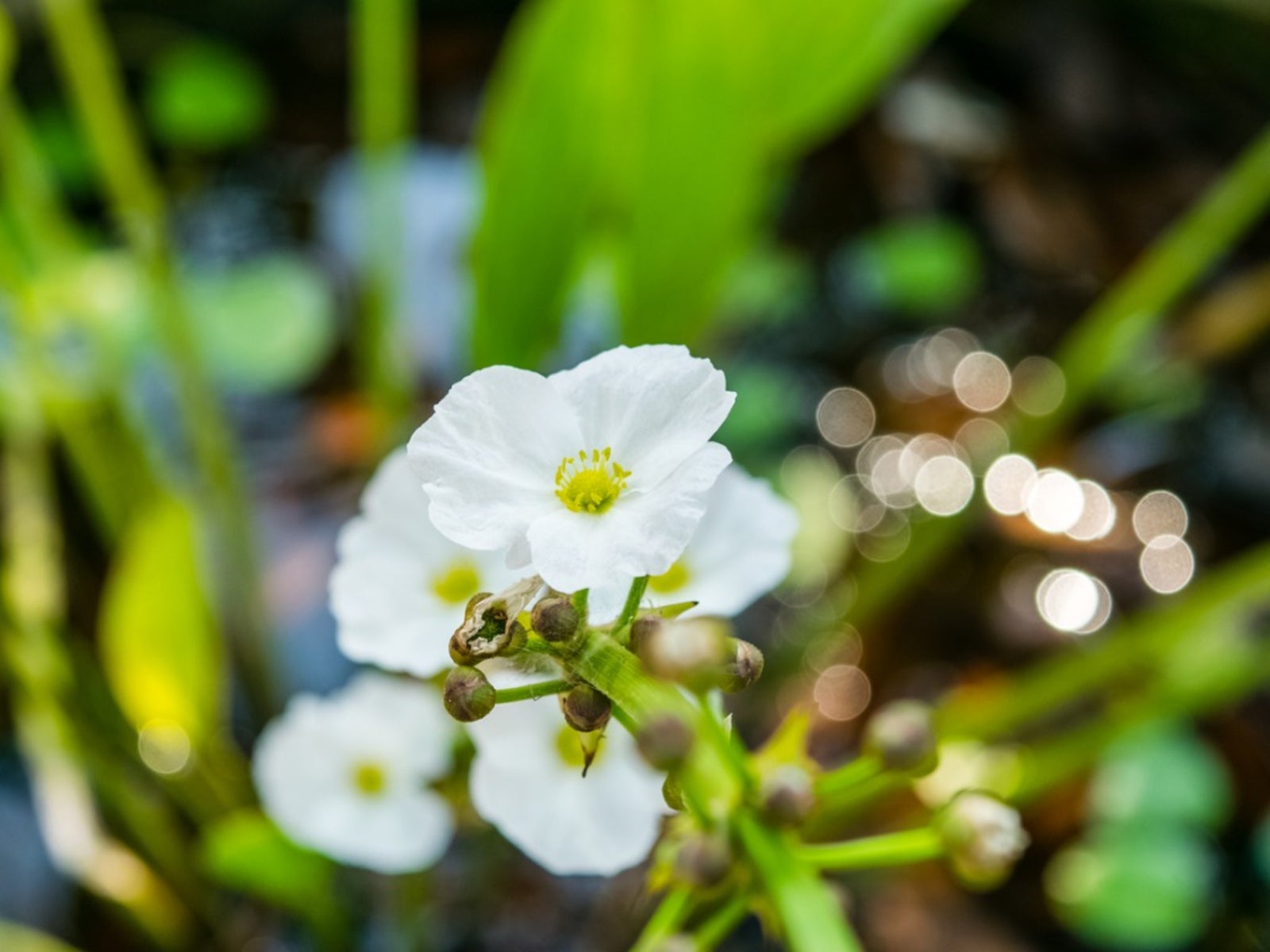 Echinodorus Creeping Burhead – Information On Creeping Burhead Plant Care
Echinodorus Creeping Burhead – Information On Creeping Burhead Plant CareCreeping burhead plants are members of the water plantain family and commonly used in freshwater aquariums or outdoor fishponds. Echinodorus creeping burhead is native to the eastern half of the United States. To learn more about the creeping burhead plant click the following.
By Laura Miller
-
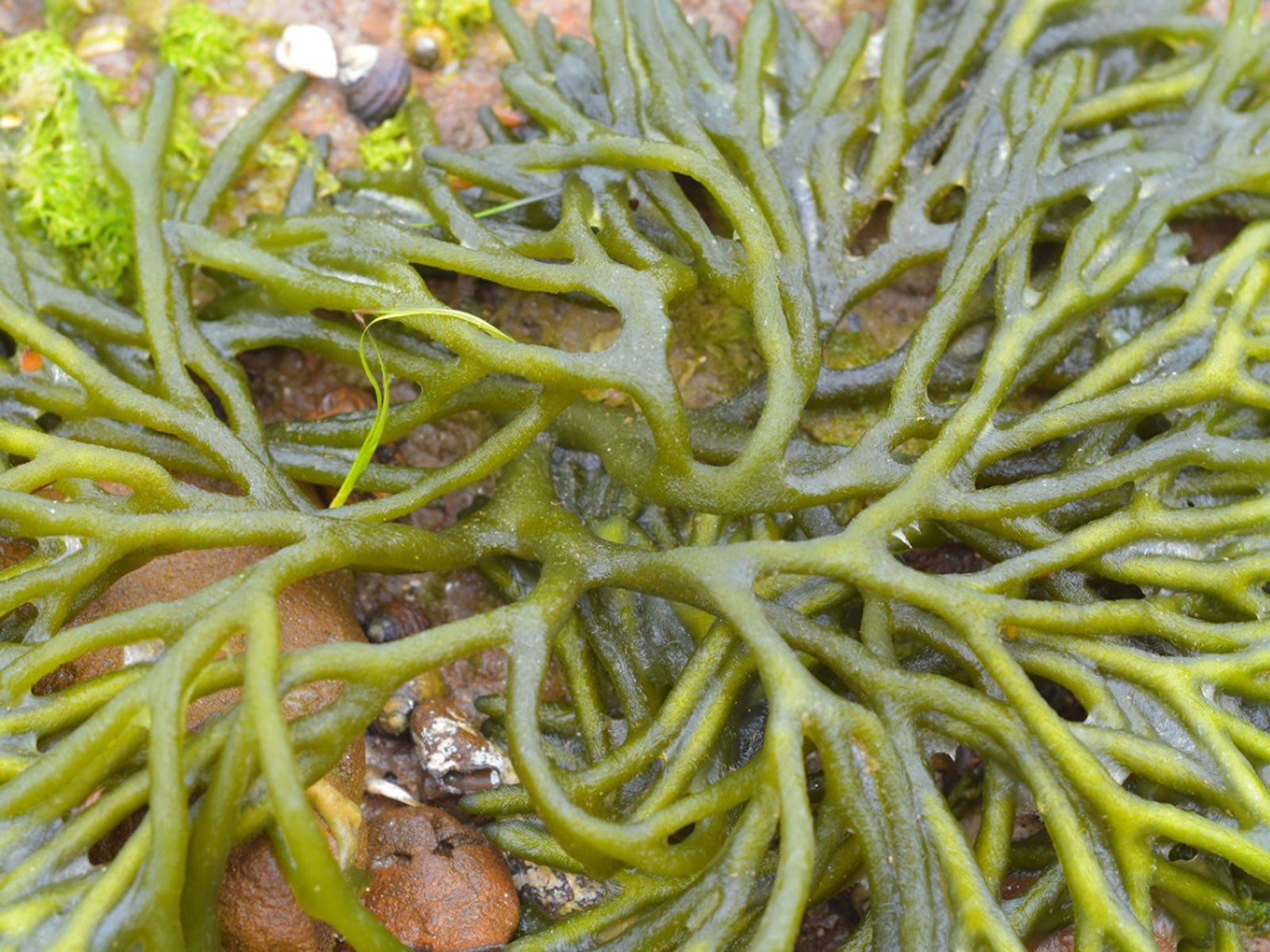 What Is A Saltwater Aquarium: Plants For Saltwater Aquariums
What Is A Saltwater Aquarium: Plants For Saltwater AquariumsBuilding and maintaining a saltwater aquarium requires some expert knowledge in choosing the right plants. Here are some choices to start with.
By Mary Ellen Ellis
-
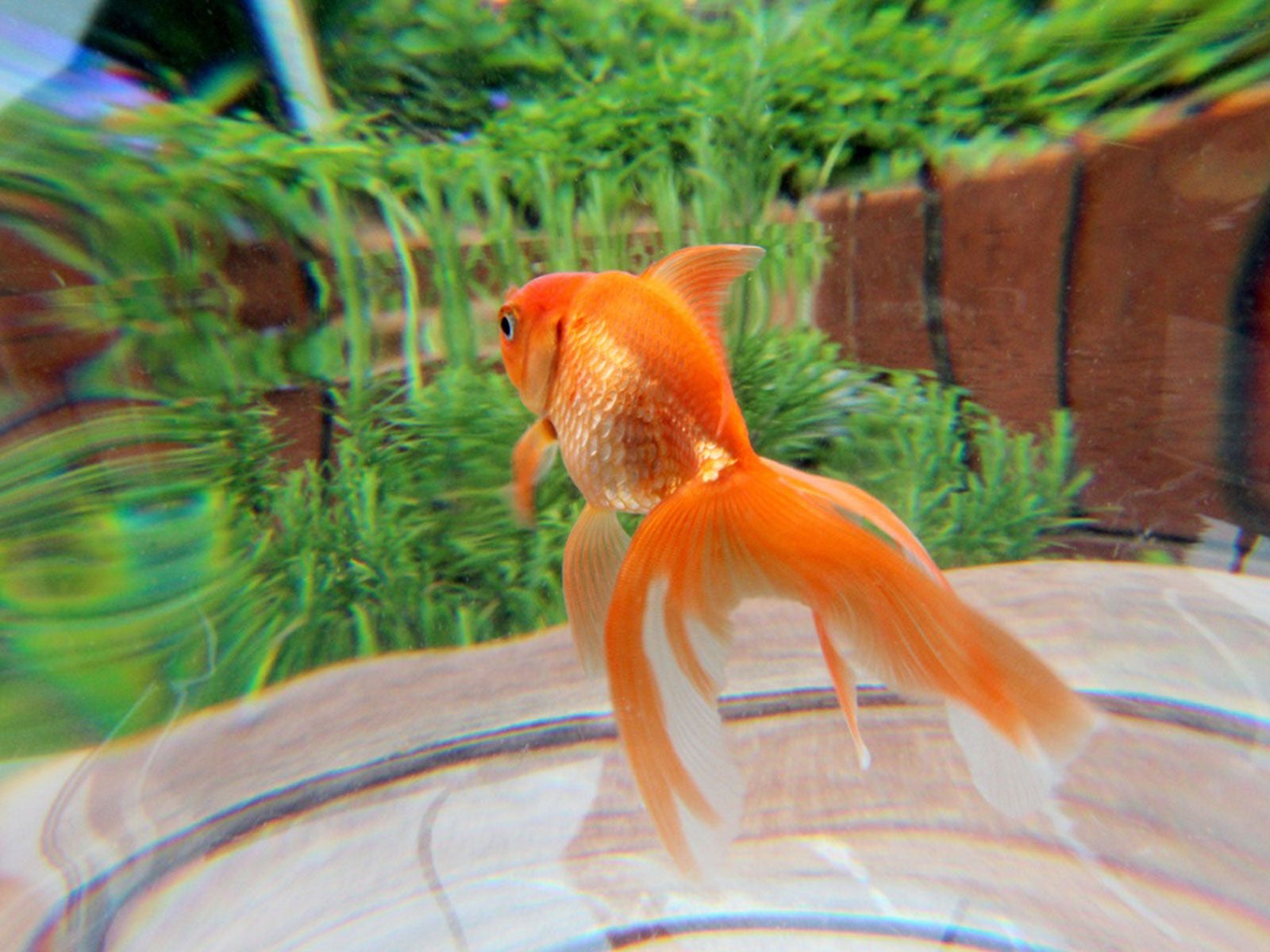 Outdoor Aquarium Ideas: Putting A Fish Tank In The Garden
Outdoor Aquarium Ideas: Putting A Fish Tank In The GardenAquariums are generally made for inside the house, but why not have a fish tank outside? Click here for tips and ideas on backyard aquariums.
By Mary Ellen Ellis
-
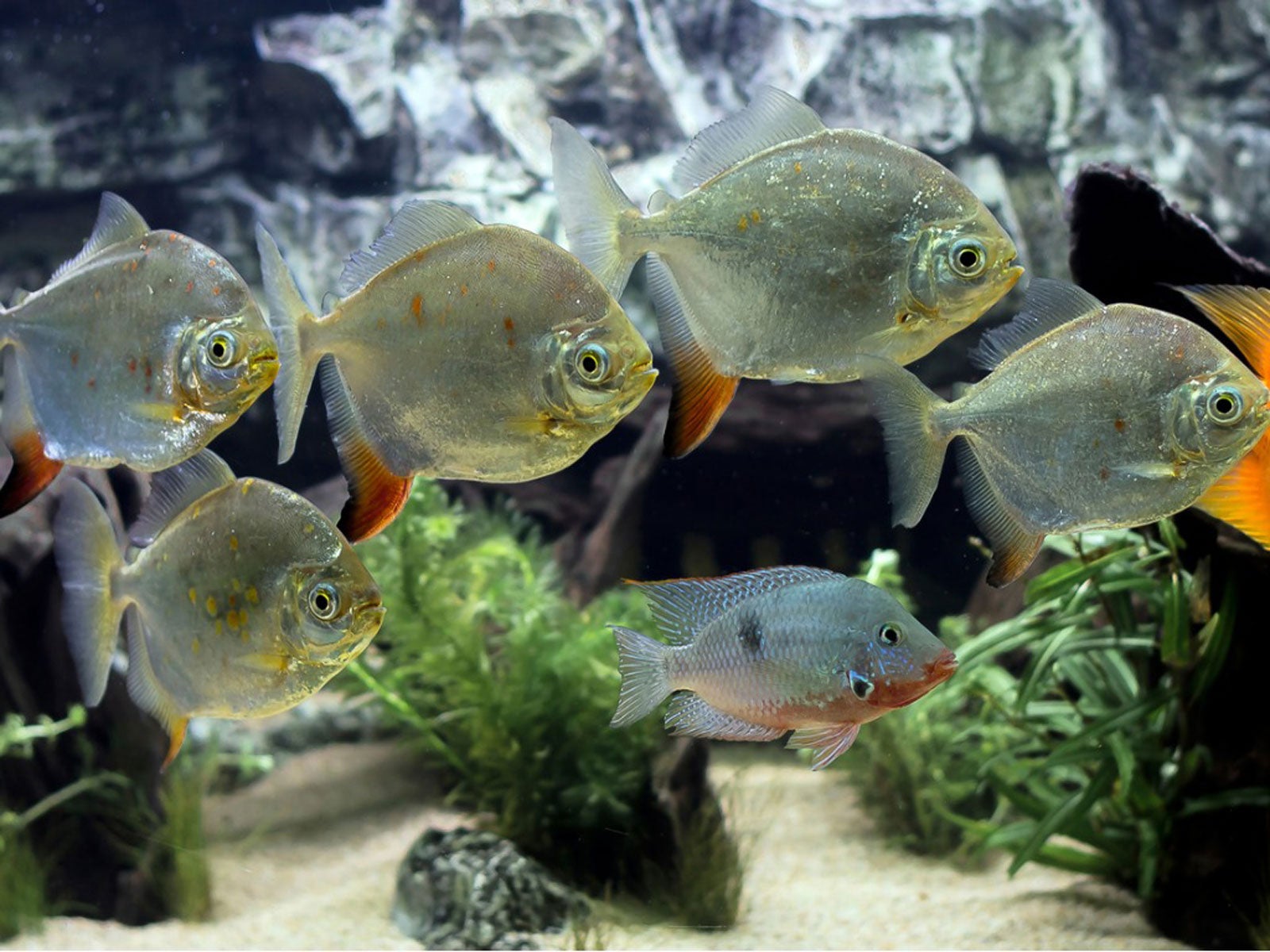 Fish That Eat Plants – Which Plant Eating Fish Should You Avoid
Fish That Eat Plants – Which Plant Eating Fish Should You AvoidGrowing plants with aquarium fish is rewarding, but if you want to combine plants and fish, learn what aquarium fish to avoid. This article will help.
By Mary H. Dyer
-
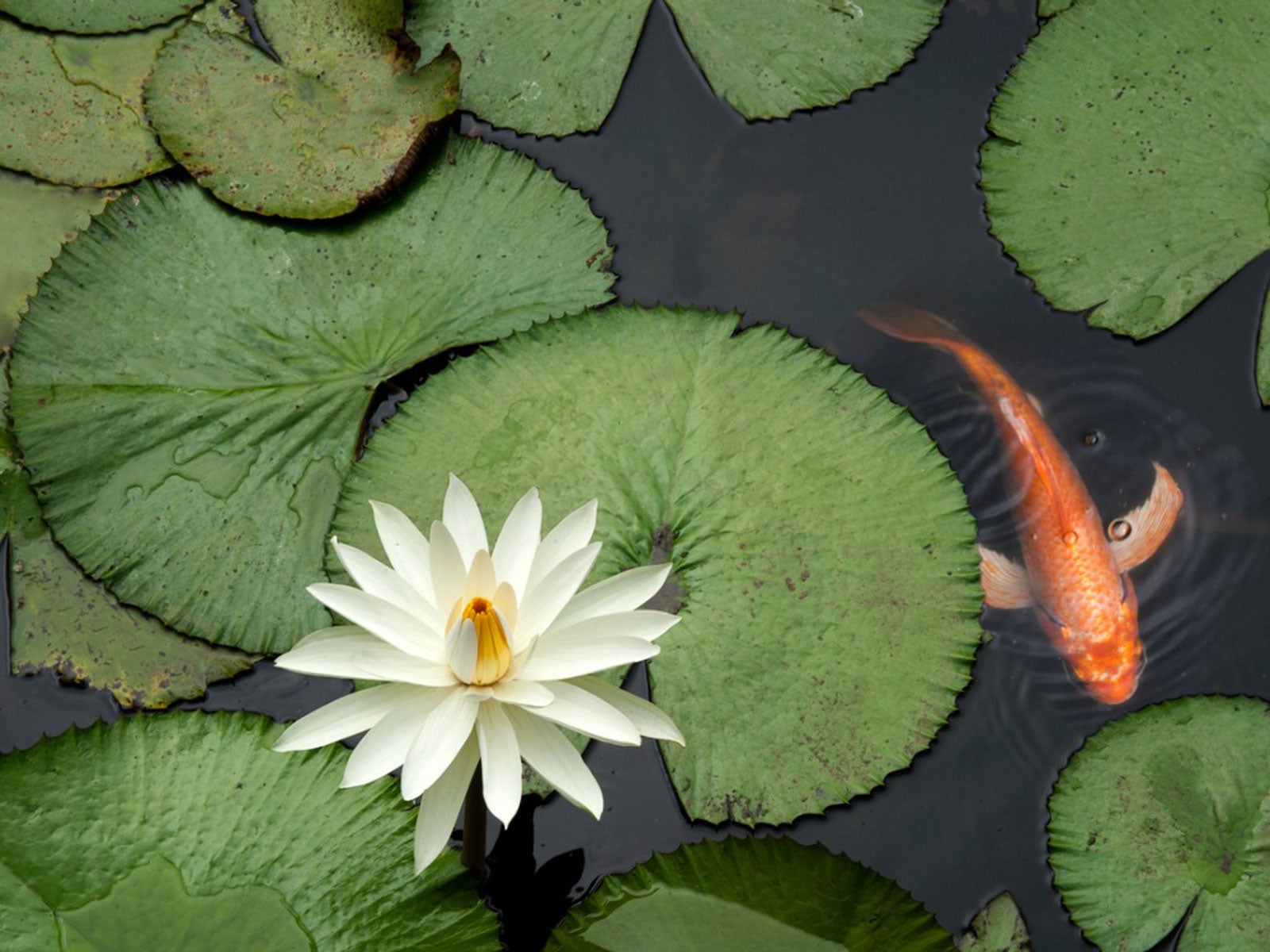 Is Pond Fertilizer Bad For Fish: Learn About Fish Safe Fertilizer
Is Pond Fertilizer Bad For Fish: Learn About Fish Safe FertilizerUsing fertilizer around fishponds must be done with care. Excess nitrogen causes algae, but can also contaminate the water and affect fish. Learn more here.
By Bonnie L. Grant
-
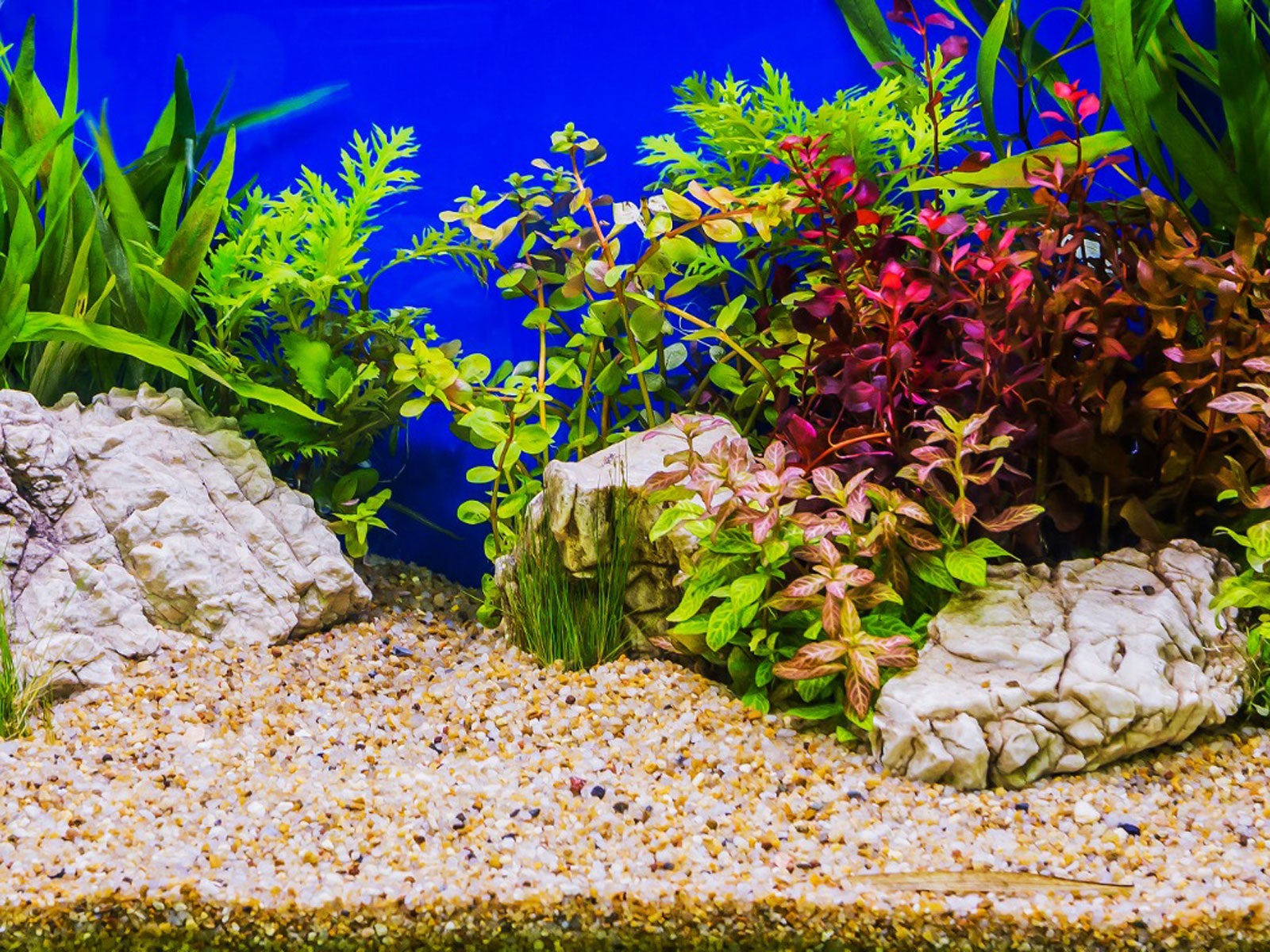 What Is Aquascaping – Creating An Aquarium Garden
What Is Aquascaping – Creating An Aquarium GardenAquatic gardening can be a rewarding endeavor, especially when aquascaping. Click this article to learn more about creating an aquarium garden.
By Nikki Tilley